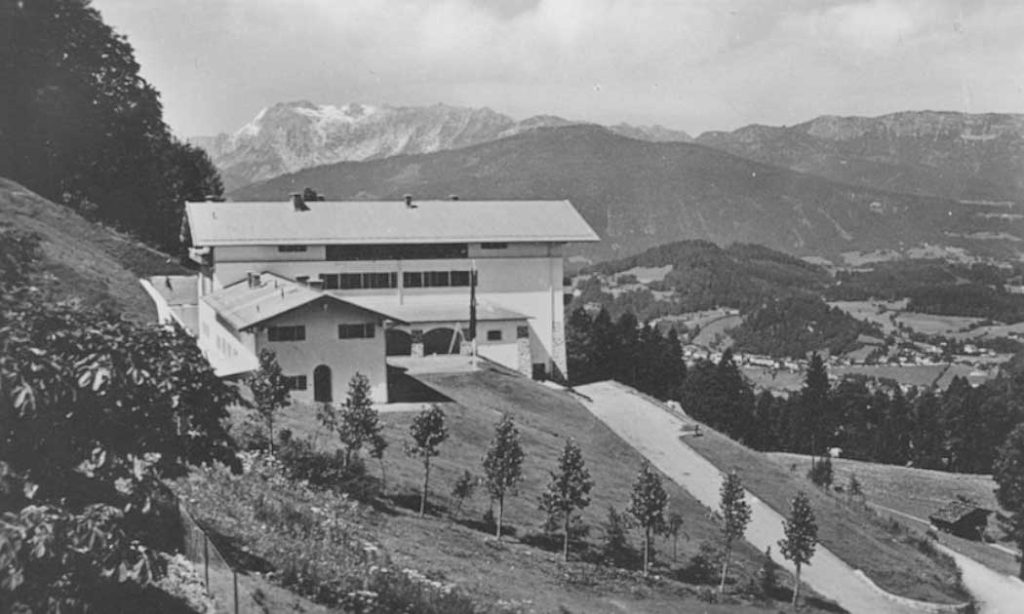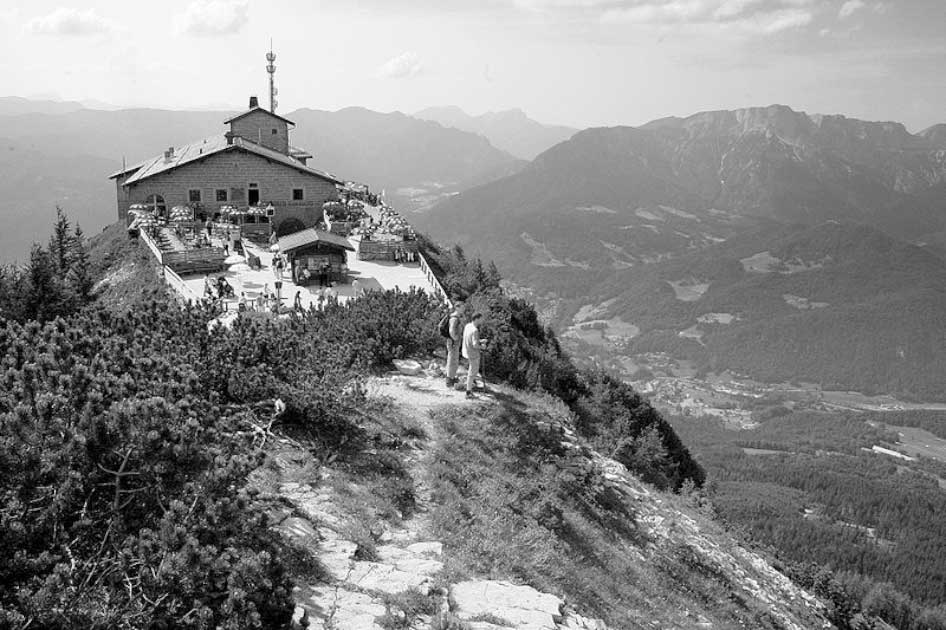There is probably no figure as hated in European history as Hitler. His twisted ideology led to the attempted genocide of an entire race as well as the extermination of countless others deemed to be “undesirables”.
His actions sparked a world war that took the world many decades to recover from. Today a common hypothetical question is if you could go back in time would you kill baby Hitler? This raises another question. Why didn’t anyone assassinate him?
As it turns out there were several plots and plans over the years aimed at taking out one of history’s worst dictators. One of these was Operation Foxley, a plan dreamed up to take out Hitler where he felt the safest.
Plans Prior to Operation Foxley
Operation Foxley was not the first planned assassination of Hitler. The allies had been hoping to take him out for quite some time but the problem was that he was a hard target to get to. Hitler was paranoid by nature and with each failed attempt on his life, he only became more so.
One of the first plots dreamt up by SOE (England’s Special Operations Executive) was to bomb the train Hitler regularly traveled on, the “the Amerika”. The SOE had extensive experience derailing trains with explosives and knew they could get the job done. The problem was Hitler’s schedule was erratic at best and stations were only informed of his arrival a few minutes beforehand.
Hitler’s erratic schedule had a habit of saving him from bombings. On November 8th, 1939 he had survived a bombing attempt at the Burgerbraukeller where he gave annual speeches. Hitler had arrived 5 minutes late and missed the detonation of a bomb set by Johann Georg Eiser.

The next plot hatched by the SOE was to poison the drinking water on Hitler’s train. While it was being cleaned an operative could reach the train’s boiler and slip in an odorless, tasteless poison that SOE’s chemists had cooked up. This plot was dropped because it required at least one inside man, making it too complicated.
It was finally decided that simplicity was best. Find somewhere where Hitler let his guard down and have a sniper take him out.
Operation Foxley
A sniper attack was the least likely to go wrong and had more room for improvisation if anything did go sideways. It was also less likely to cause collateral damage than a bombing or poisoning.
In the summer of 1944, the allies achieved a major intelligence coup. Of the many Germans taken prisoner following the Normandy attack, one was Hitler’s former personal guard at the Berghof (Hitler’s favored vacation home).
The soldier revealed that Hitler always took a 20-minute morning walk of his grounds at 10 am when in residence. This was Hitler’s “alone time” and he preferred to take his morning walk unaccompanied. The Berghof was surrounded by woods which meant there were periods in the walk where Hitler was both unaccompanied and out of sight of sentry posts.
It was an assassin’s dream. Even better, it would be obvious when Hitler was vulnerable. While he didn’t like to signpost the comings and goings of his train, his ego meant a Nazi flag was always flown when he was in residence at Berghof.
The plan was decided, Hitler would be taken out during his morning walk to the Teehaus on Mooslahnerkopf Hill from his Berghof residence. The kill team consisted of a German-speaking Pole and a British sniper with a proven track record. In the run-up to the plan going live the sniper trained by firing at moving dummies with an improved Kar 98k (the rifle used by German troops) fitted with a Mauser sight. The sniper was also given a 9mm Luger pistol fitted with a custom-made British silencer in case he had to take out any guards.
The only thing left was to find an “inside man” who could shelter the SOE operatives and get them close to the Berghof. They found a man, identified as “Heidentaler”, who fit the bill. He was the uncle of a prisoner of war called Diser and was passionately anti-Nazi.
Heidentaler could shelter the operatives at his shop in Salzburg which was only 20 km (12.5 miles) away and then transport them close to the Berghof disguised as German mountain troops, Gebirgsjäger. The Kar98k and luger wouldn’t seem amiss at all with these disguises.
There was also a plan for if anything went wrong. Two other operatives would be equipped with a PIAT gun or Bazooka. If the sniper failed then his attack would be deemed a diversion. While the German forces searched for the sniper team, the second team could take out Hitler’s car as he fled.
Why Didn’t the Plan Go Ahead?
The official proposal for Operation Foxley was submitted in November of 1944 but the plan was never greenlit due to a division in the British government. The most vocal opposition came from Lt. Col. Ronald Thornley, the deputy head of the SOE’s German Directorate.
He firmly believed that killing Hitler was a bad idea. He worried that the Germans would blame losing the war on Hitler’s death, rather than on his hateful ideology. They might also believe that the only reason they lost the war was that Hitler had died. This could lead to the kind of thinking post-WWI that had led to Hitler’s rise in the first place.

In short making, Hitler a martyr was a bad idea. Others raised another objection, Hitler was already doing a terrible job. He was seen as a bad strategist whose habit of micro-managing meant Germany was already on the ropes. Officials feared any successor to Hitler might be a superior war leader, who aided by Hitler becoming a martyr, might actually manage to lead the Germans to victory.
The final objection was a moral one. Many in the government just didn’t want to end the war in a way they deemed cowardly or ungentlemanly. Hitler’s ideology was an evil one and it was deemed an assassination attempt risked bringing the allies down to his level.
In the end, Operation Foxley never got the go-ahead. One of the plan’s biggest fans was actually the British Prime Minister, Winston Churchill. However unlike Hitler, Churchill had enough sense to listen to his experts and agreed to put the plan on hold indefinitely.
This would have been no easy decision. Killing Hitler might have risked making him a martyr, but leaving him alive meant condemning countless more souls to death on both the battlefields and in the concentration camps. Winning the war the “right way” still came at a cost.
Of course, ultimately Hitler proved an assassin wasn’t needed. On the 30th of April 1945, just a few days before the war came to an end Hitler swallowed a cyanide capsule and put a bullet in his own head, saving the hangman, and the allies, a job.
Top Image: Hitler thought himself untouchable in his mountain mansion at the Berghof, but the British in charge of Operation Foxley thought very different. Source: Eva Braun / Public Domain.